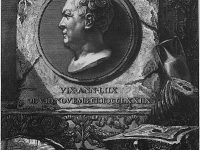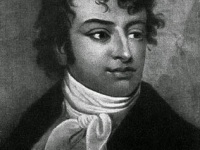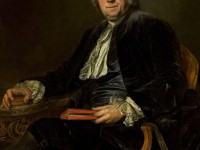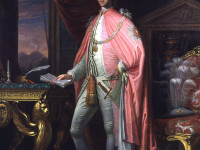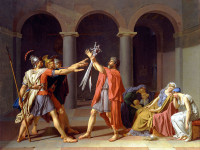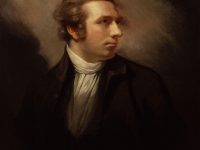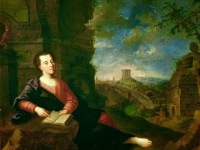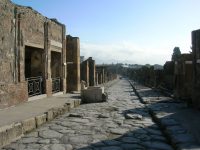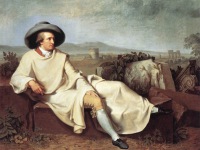Giovanni Battista Piranesi and the Art of Etching
On October 4, 1720, Italian Classical archaeologist, architect, and artist Giovanni Battista Piranesi was born. Piranesi is famous for his etchings of Rome and of fictitious and atmospheric “prisons” (Le Carceri d’Invenzione). Giovanni Battista Piranesi – Family Background Piranesi was born in Venice. He was the son of a stonemason who also worked as a construction manager. The first written document about Giovanni Battista Piranesi is his entry in the baptismal register of…
Read more

